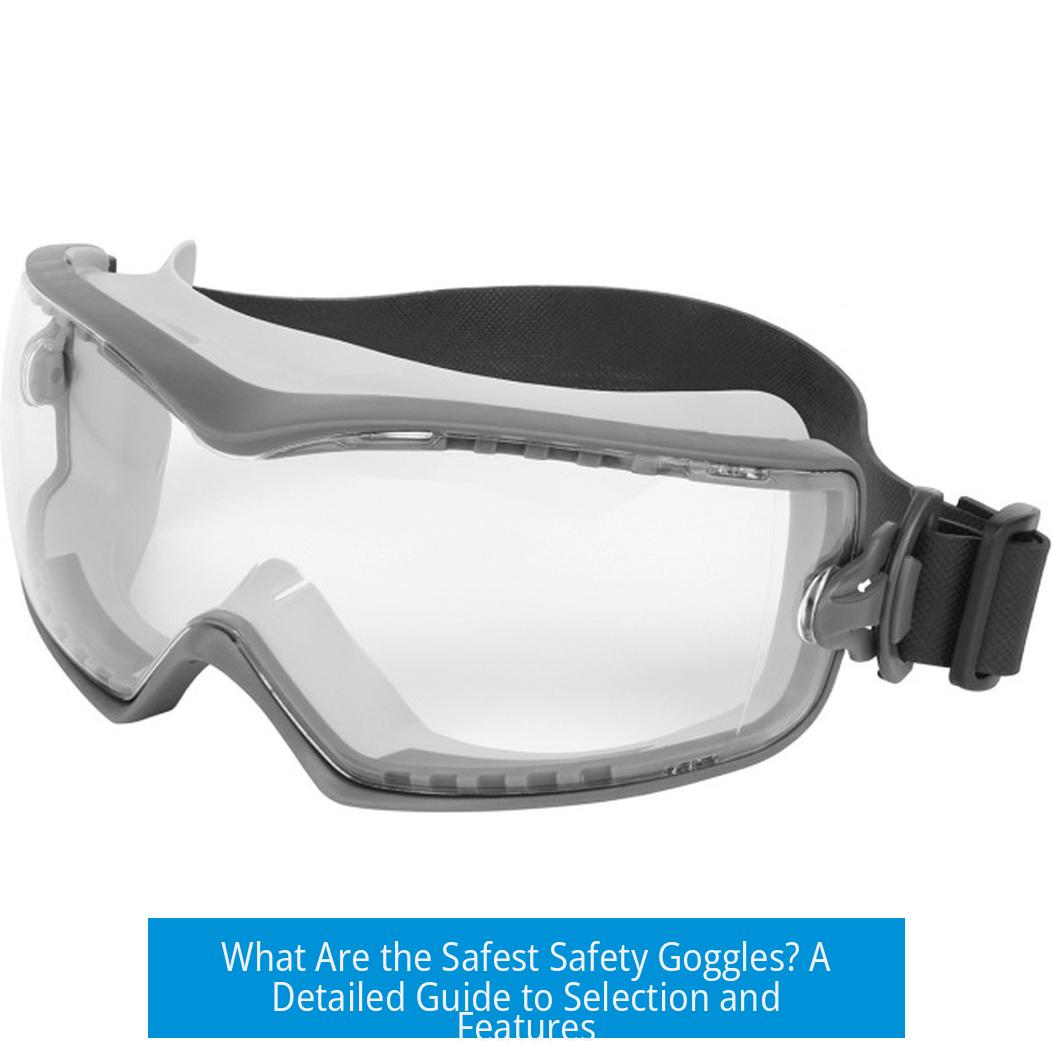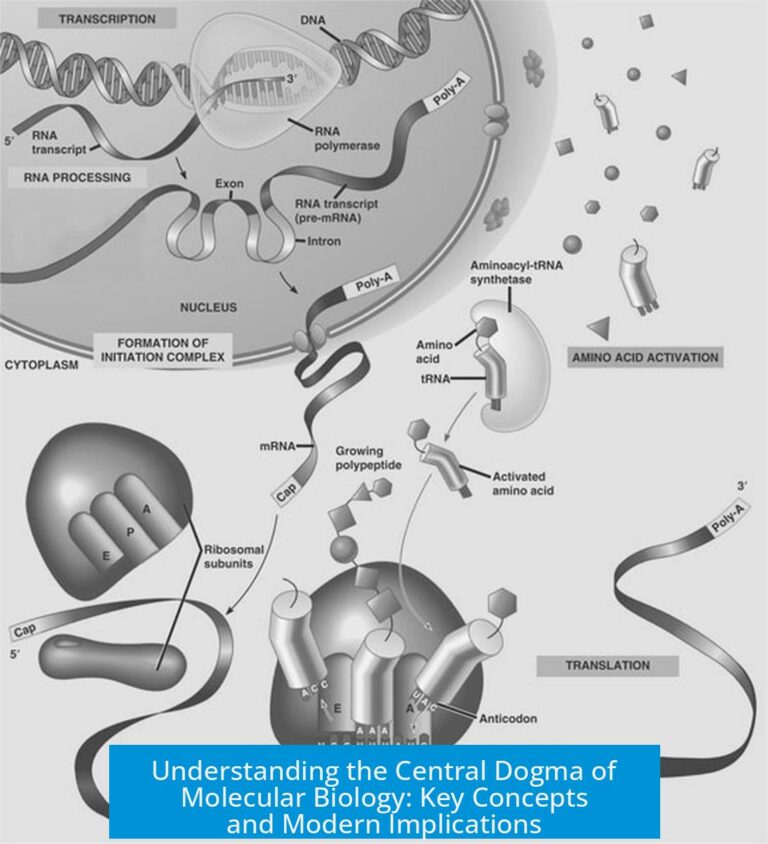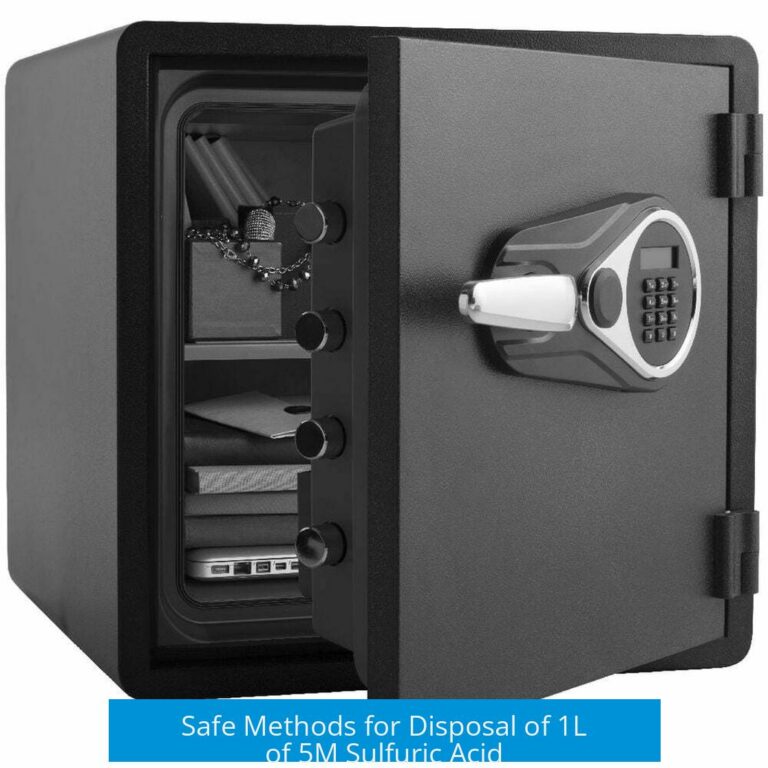What Are the Safest/Best Safety Goggles?
The safest and best safety goggles are those that fit well, meet recognized safety standards like ANSI Z87, provide full eye protection including side coverage, and suit the specific risks of the task, often complemented by face shields or additional barriers. Selecting appropriate goggles depends on the hazard level, comfort, and compliance with regulatory requirements.
Types and Features of Safety Goggles
Full Encapsulation and Face Shields
Safety goggles that fully encapsulate the eyes offer the highest protection. These goggles strap onto the head and seal around the eyes, preventing splashes, dust, and debris from reaching the ocular area. Face shields add another layer by covering the entire face and are especially effective against splashes.
A combination of a face shield with safety glasses underneath is recommended for tasks involving high splashing hazards. While face shields are excellent splash barriers, they do not protect against impact reliably on their own.
Glasses With Side Protection and Peripheral Vision
Many safety glasses, such as the UVEX models, wrap around the sides of the eyes to shield the peripheral vision area. This design reduces exposure risk from lateral splashes or flying particles. However, side shields on standard safety glasses are generally insufficient for splash protection and are intended primarily for impact protection.
Fit and Comfort
Proper fit is critical. The goggles should closely conform to the face, forming a seal to keep out hazards. A quick method for checking fit is to ensure you cannot slide a finger between the goggles and your skin easily.
Comfort also matters because uncomfortable goggles reduce the likelihood of consistent use. Users with prescription glasses should consider safety goggles designed to fit over their glasses, as normal eyeglasses do not provide adequate protection.
Seal on Face
For enhanced safety, goggles that seal tightly against the skin prevent irritants from entering. Especially in chemical handling or dusty environments, sealed goggles offer superior defense.
In situations with extreme hazards, addition of a face shield may provide an effective primary barrier.
Safety Ratings and Standards
When selecting safety goggles, look for official safety certifications. In the United States, ANSI Z87.1 certification indicates compliance with impact and splash protection standards.
Compliance with local regulatory frameworks is essential to confirm the goggles can tolerate the specific demands of the work environment. For example, UVEX Stealth goggles carry ANSI Z87 approval and have proven durable in laboratory settings.
Task and Risk-Based Selection
The right protective eyewear depends heavily on the specific risks of the task at hand. Lower-risk tasks may only need basic safety glasses, while higher-risk activities require full goggles or combination protection.
- High-risk chemical tasks are best performed under a fume hood with protective barriers lowered.
- For high splash risks outside fume hoods, a face shield combined with good safety goggles ensures dual-layer protection.
- Low-risk tasks, like handling small quantities of less hazardous materials, can tolerate safety glasses with side protection.
Consultation with safety officers or Environmental Health and Safety (EHS) representatives is recommended for tailored guidance.
Personal Recommendations and Experiences
Specific Brands and Models
- HexArmor LT300: Favorited for durability and comfort in industrial settings.
- UVEX Flex Seal and UVEX Stealth: Popular among lab workers; offer replaceable lenses and a secure fit.
- 3M Safety Glasses: Lightweight, impact-rated, and inexpensive.
Importance of Double Protection
Additional face protection is critical for certain substances. For example, strong acids like sulfuric acid (H2SO4) and caustic bases such as sodium hydroxide (NaOH) require a face shield worn over safety glasses.
Incidents with debris penetration through a visor highlight the necessity of wearing safety glasses underneath helmets or face shields for ultimate protection.
Limitations of Safety Glasses
Standard safety glasses with side shields are not appropriate for splash protection or chemical handling. Users should not rely on prescription glasses alone for safety protection. Instead, specialized safety glasses or goggles provide certified protection.
Proper PPE use must supplement, not replace, safe laboratory practices.
General Safety Principles
- PPE represents the final protective barrier after engineering controls and administrative safety measures.
- Practice safe procedures consistently to minimize risk.
- Choose PPE appropriate for the specific hazards of the task.
Summary of Key Takeaways
- Complete Eye Protection: Full encapsulation goggles prevent splash and debris exposure better than safety glasses alone.
- Compliant Equipment: Always select goggles with ANSI Z87 or equivalent certifications to meet impact and splash requirements.
- Proper Fit: Goggles must seal closely around the eyes and fit comfortably to ensure constant use.
- Task-Specific Selection: Match safety goggles and face shields to the nature and risk level of the activity.
- Double Protection: Use face shields in combination with safety glasses during high-risk chemical handling.
- Prescription Users: Use safety goggles designed to fit over prescription lenses.
- Consultation: Work with safety officers for guidance tailored to specific environments and hazards.





Leave a Comment